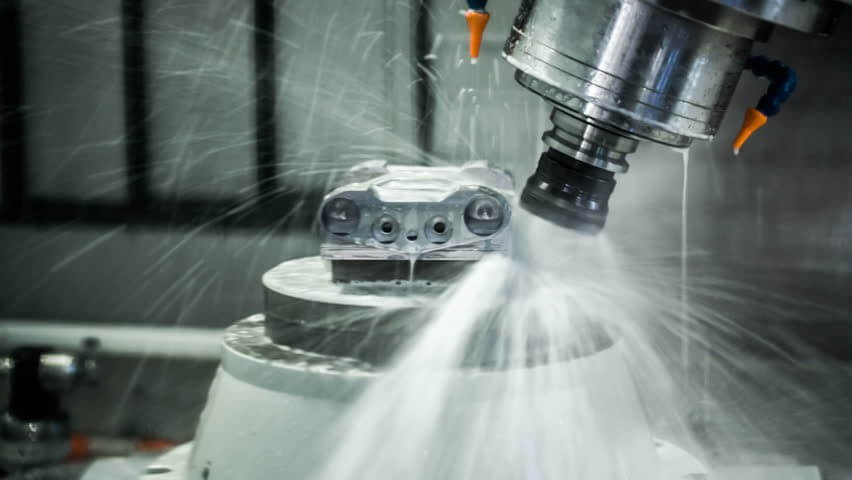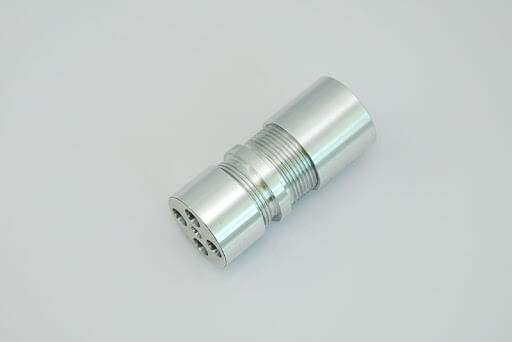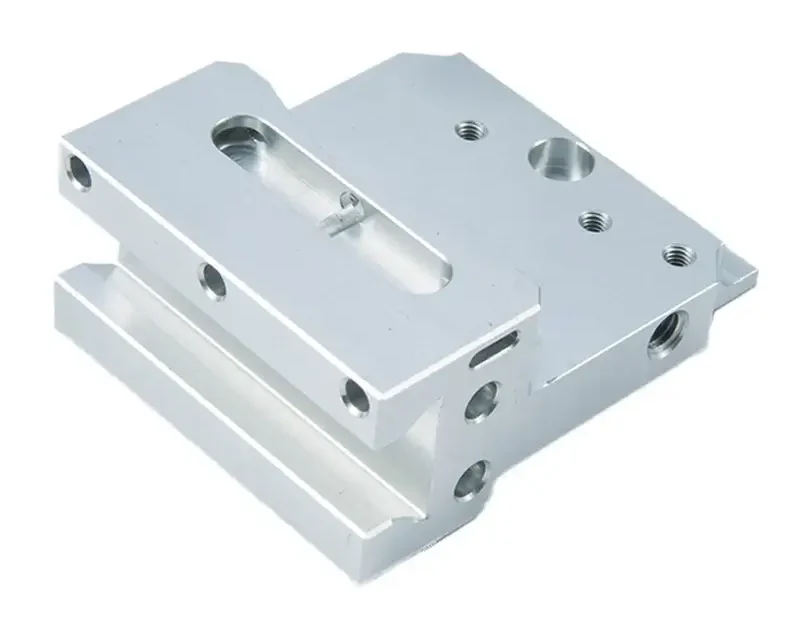CNC precision parts: What are the positioning benchmarks?
During the CNC precision parts processing, the positioning datum is the key element to ensure the size and shape accuracy. The positioning datum can be divided into rough datum and fine datum, each with its own characteristics and uses. The correct selection of the positioning datum has a very important impact on ensuring the processing requirements of the parts and scientifically arranging the processing sequence. EDC Machining was established to meet the growing demand for precision parts and components in the United States.
This article will explore the definition, characteristics and application of these two positioning datums in parts manufacturing.
1.Rough datum
Blank datum refers to the use of the unmachined surface or base surface of the blank as the datum for part positioning. The blank is the original workpiece that has not undergone any precision machining and usually has a certain machining allowance and surface roughness. Blank datum is often used in the rough machining stage to roughly position the parts and provide a preliminary datum for subsequent CNC precision parts processing.
The advantage of using blank datum is that it simplifies the manufacturing process and reduces complex measurement and calibration steps. Since the blank datum depends on the original state of the blank, a large amount of precision machining and measurement is not required, thereby reducing the cost and time of manufacturing CNC precision parts.
However, the limitation of blank datum is that it cannot provide sufficient accuracy and stability. Especially when machining high-precision parts, the surface roughness and shape errors on the blank will be transferred to the final machining surface, limiting the accuracy of CNC precision parts.

2.Fine datum
Fine datum refers to the production surface as the datum for positioning parts. During precision machining, the use of fine datum can ensure the final size and shape accuracy of the parts. The production surface has been processed and calibrated, and has high flatness and surface quality.
The main advantages of fine datum are high positioning accuracy and good stability. By using the production surface as a datum, the influence of the instability of the blank and surface defects on the final part accuracy can be eliminated. This makes the manufacturing process more controllable and ensures that the parts meet strict size and shape requirements.
However, the use of fine datums requires more precision machining and measurement steps, which increases the complexity and cost of manufacturing. Therefore, when selecting the positioning datum, it is necessary to weigh the specific requirements of the part and the complexity of manufacturing.

3.Conclusion
There are coarse and fine positioning datums for precision machining of parts, which are suitable for different machining stages and accuracy requirements. The rough positioning datum is based on the unprocessed surface of the blank, which simplifies the processing process but limits the accuracy of the parts; the fine positioning datum is based on the production surface, with high positioning accuracy and good stability, but it increases the complexity and cost of processing. In actual processing, choosing a suitable positioning datum can ensure efficient and accurate CNC precision parts processing and meet the strict requirements of various industries for part accuracy.
